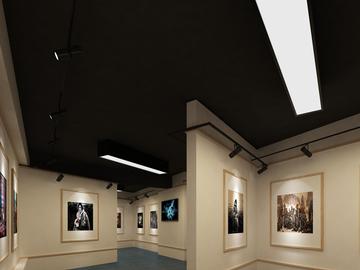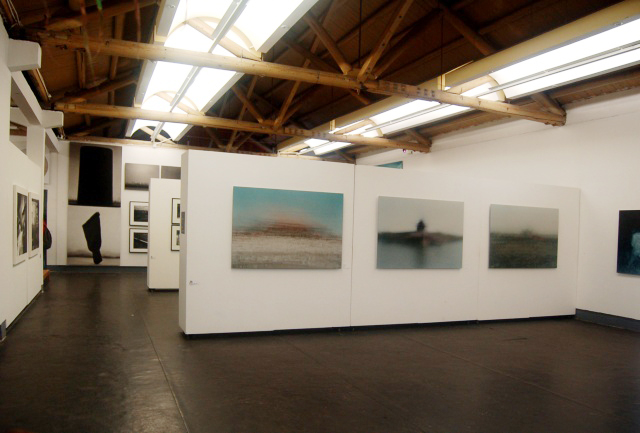For painters and photographers, successfully selling their works to galleries is a crucial step in increasing their popularity and realizing the commercialization of their artistic value. This process requires careful preparation, strategic promotion, and a deep understanding of the art market.

Firstly, carefully organizing a series of works is the foundation. Painters and photographers should select a series of works that are coherent and have a unique style. Whether it’s the theme of paintings, the use of colors, or the subject matter and visual style of photographic works, they should all show clear personal characteristics and creative concepts. For example, a photographer focuses on the element of loneliness in urban night scenes, forming a series of works with cool colors and unique light and shadow processing techniques. A painter may create a group of paintings with colors that vary with the seasons and are full of emotional tension under the theme of “The Moods of the Four Seasons”. The works need to undergo professional framing or post-processing to ensure that they achieve the best visual presentation and attract the attention of gallery owners and potential buyers.
Making a beautiful portfolio is of great importance. The portfolio should contain high-quality pictures of the works, accompanied by concise and appealing text descriptions. The text should explain the creative inspiration behind the works, the stories behind them, and the artistic value they contain. For paintings, the unique features of brushwork and color matching can be described; for photographic works, the shooting locations and the significance of capturing a particular moment can be explained. The layout and design of the portfolio should be aesthetically pleasing and logical, enabling viewers to immerse themselves in it and fully experience the charm of the works.
Conducting in-depth research on target galleries is an indispensable part. Understand the positioning and style preferences of different galleries. For example, some galleries focus on modern abstract art, while others tend to focus on realistic paintings or documentary photography. Painters and photographers should find galleries that match the style of their works, which can greatly increase the probability of their works being accepted. Pay attention to the past exhibition records of galleries, the types of artists they represent, as well as their reputation and influence in the art world. Obtain this information through gallery websites, social media, art magazines and other channels.
Building personal connections plays a non-negligible role in this process. Actively participate in art exhibitions, industry seminars, art markets and other activities, and get to know gallery owners, curators, art critics and other artists at these occasions. Have sincere exchanges with them, share your creative concepts and works, but don’t rush to sell. You can first seek their opinions and suggestions and establish a good interactive and trusting relationship. For example, during the communication session of an art exhibition, humbly ask the curator for their views on the style of your work and its adaptability to the market, and timely introduce your creative ideas.
When taking the initiative to contact galleries, use a professional and appropriate approach. Make an appointment for a visit via email or phone. In the initial contact, briefly and clearly introduce yourself and the highlights of your works to arouse the interest of the gallery. If you have the opportunity to meet, make full preparations in advance, and show your enthusiasm and professionalism for art. You can bring a physical portfolio and explain the works on the spot to let the gallery experience the charm of the works more intuitively.
While your works are being considered by galleries, continuous creation and improvement are the keys to maintaining competitiveness. Constantly explore new creative techniques and themes, enrich your artistic vocabulary, and show the potential for growth and progress. Meanwhile, actively participate in local art community activities to enhance your popularity and influence in the local art circle, such as holding small personal work sharing sessions or participating in community art public welfare projects.
Selling paintings or photographic works to galleries requires painters and photographers to make continuous efforts in many aspects, such as the works themselves, personal connection expansion, and market research. This is a challenging but meaningful process. Through continuous self-improvement and active promotion, it is possible to carve out your own path in the highly competitive art business field, allowing your works to shine on a broader stage and gain both artistic and commercial recognition.
